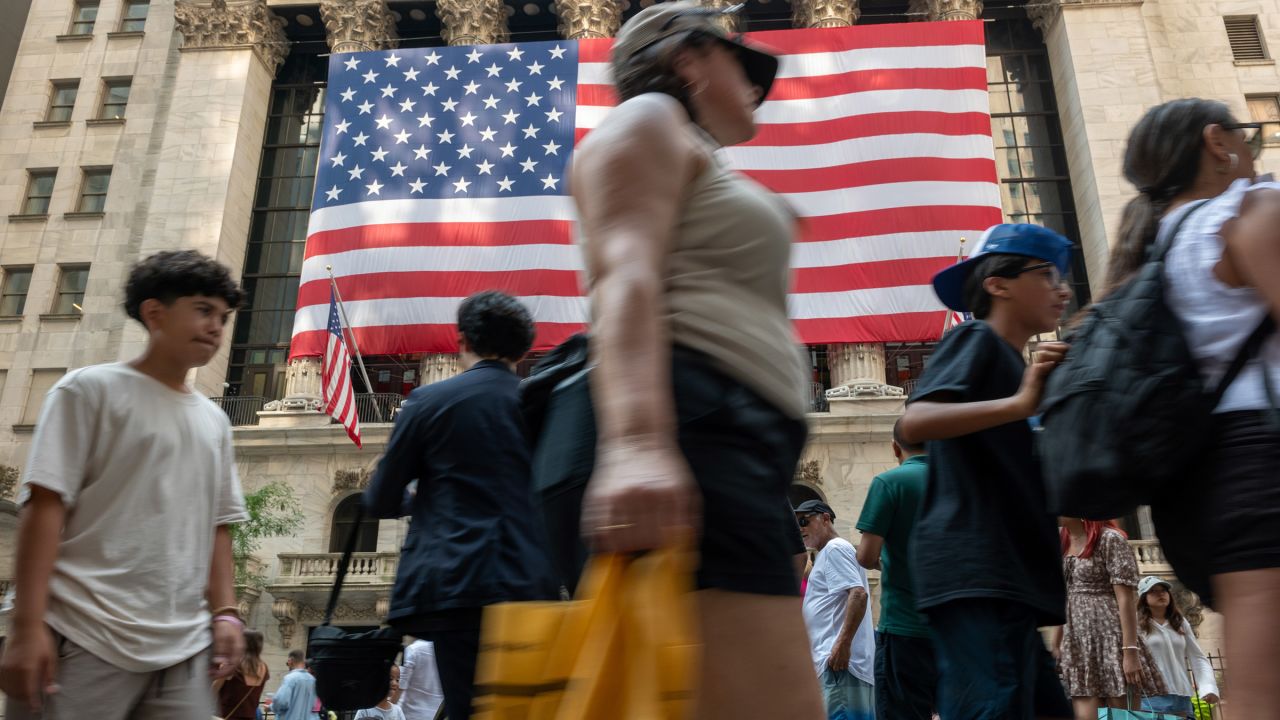Up until June, when the unemployment rate rose to 4.1%, the nation’s jobless rate was on a 30-month streak of being at or below 4%.
Economists expected it to hold steady, but instead it marched higher for the fourth-consecutive month and landed at 4.3%.
Put in historical context, 4.3% ain’t too shabby, but the rate at which it’s been escalating as of late makes it more uncomfortable, said Elizabeth Crofoot, senior economist at labor analytics firm Lightcast, in an interview with CNN.
The increase triggers the “Sahm rule,” an indicator that a recession is imminent or underway if the three-month moving average of the unemployment rate rises by 0.5 percentage points or more relative to its prior 12-month low.
However, plenty of rules have been broken in this post-Covid economy, and even Claudia Sahm, the economist who created the rule, cautioned this week that a triggering may not equal a recession.
Crofoot held a similar cautionary stance on Friday: “I’m very hesitant to use the ‘R’ word, because I don’t think we’re there; but this is something to keep our eye on.”
The recession bells aren’t ringing for Crofoot, Tedeschi and other economists because the economy is still growing (a robust 2.8%, in fact, during the second quarter); consumers are still spending; labor force participation remains high; and, most importantly, layoffs aren’t mounting.

























